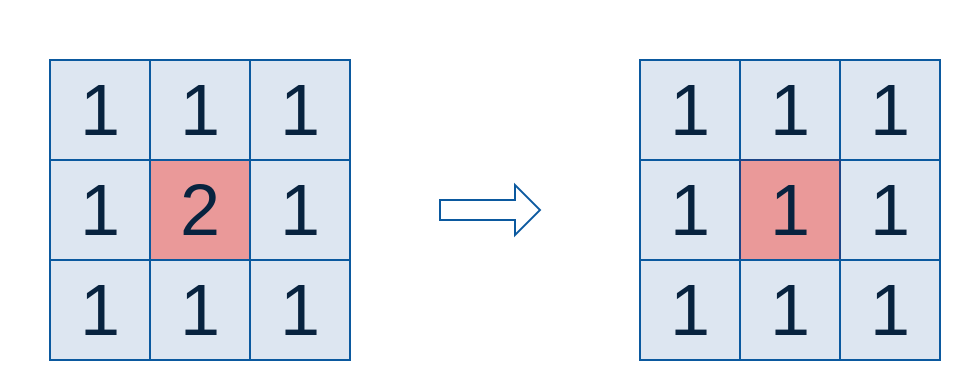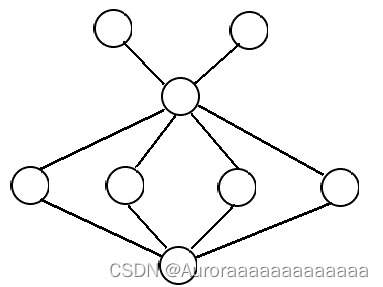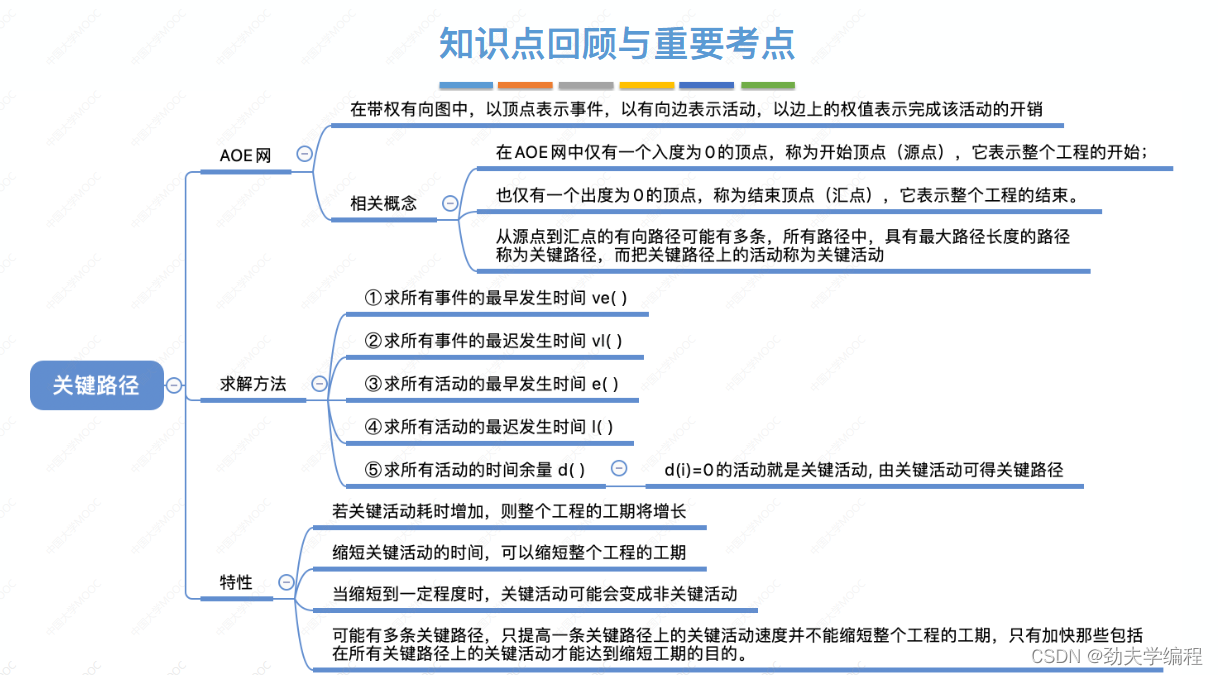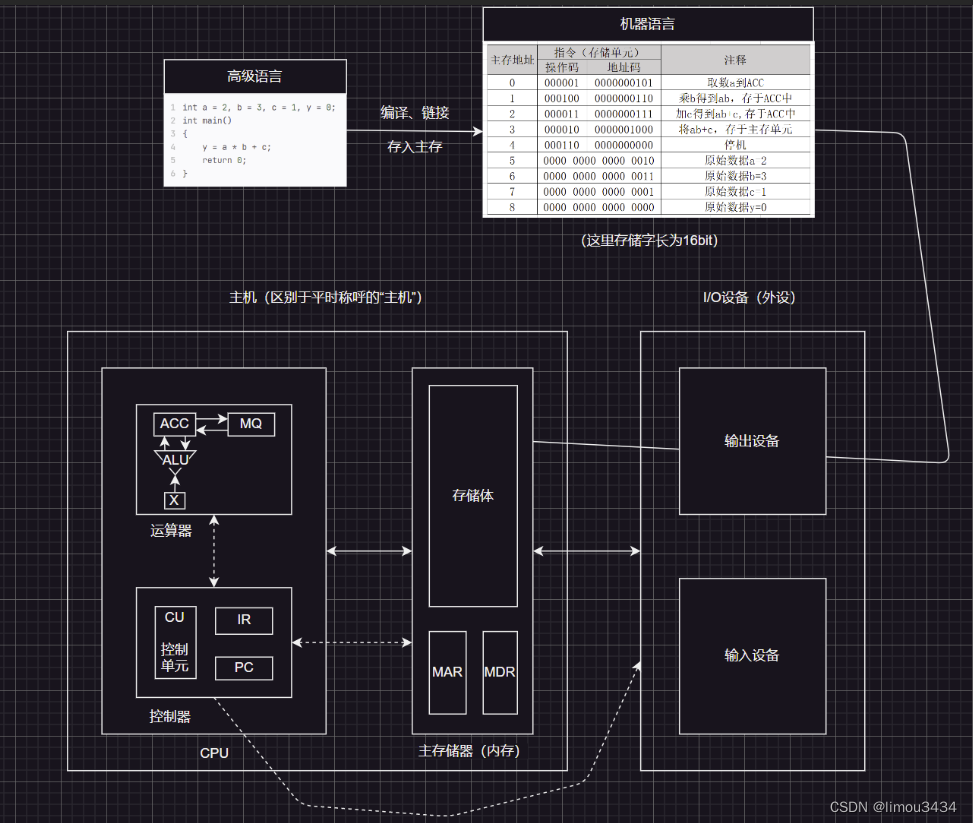目录
引言
1.迭代器
2.map的[]重载
3.KeyOfValue模板参数
4.整体代码展示
//改造后的红黑树代码
#include <iostream>
using namespace std;
enum Colour {
RED = 0,
BLACK,
};
//为了实现map与set封装使用同一个模板红黑树,前者的value是pair,后者的value为key
//因此我们需要对红黑树的模板进行改造
template<class T>
struct RBTreeNode {
RBTreeNode<T>* _left;
RBTreeNode<T>* _right;
RBTreeNode<T>* _parent;
T _data;
Colour _col;
//节点构造函数
RBTreeNode(const T& data)
:_left(nullptr)
, _right(nullptr)
, _parent(nullptr)
, _data(data)
, _col(RED)
{}
};
//树的迭代器构造
template<class T, class Ref, class Ptr>
struct __RBtree_iterator
{
typedef RBTreeNode<T> Node;
typedef __RBtree_iterator<T, Ref, Ptr> self;
Node* _node;
__RBtree_iterator() {}
__RBtree_iterator(Node* node)
:_node(node)
{}
// 1、typedef __RBTreeIterator<T, T&, T*> iterator; 拷贝构造
// 2、 typedef __RBTreeIterator<T, const T&, const T*> const_iterator;
// 支持普通迭代器构造const迭代器的构造函数
__RBtree_iterator(const __RBtree_iterator<T, T&, T*>& it)
:_node(it._node)
{}
//实现前置++,保证指针往后移动,能够实现树的中序遍历
self& operator++()
{
//如果当前节点的右子树不为空
if (_node->_right)
{
// 1、右不为空,下一个就是右子树的最左节点
Node* subLeft = _node->_right;
while (subLeft->_left)
{
subLeft = subLeft->_left;
}
_node = subLeft;
}
//如果当前节点的右子树为空,由于按照左子树,根,右子树遍历,说明此时该子树已经全部遍历
//需要向上找孩子为父亲左孩子的祖先节点
else
{
Node* parent = _node->_parent;
Node* cur = _node;
while (parent && cur == parent->_right)
{
cur = parent;
parent = parent->_parent;
}
_node = parent;
}
return *this;
}
//实现前置--
self& operator--()
{
//如果当前节点的左子树不为空
if (_node->_left)
{
// 1、左不为空,下一个就是左子树的最右节点
Node* subRight = _node->_left;
while (subRight->_right)
{
subRight = subRight->_right;
}
_node = subRight;
}
// 2、左为空,孩子是父亲的右的那个祖先
else
{
Node* parent = _node->_parent;
Node* cur = _node;
while (parent && cur == parent->_right)
{
cur = parent;
parent = parent->_parent;
}
_node = parent;
}
return *this;
}
Ref operator*()
{
return _node->_data;
}
Ptr operator->()
{
return &_node->_data;
}
bool operator!=(const self& s)
{
return _node != s._node;
}
};
//仿函数
template<class K, class T, class KeyOfValue>
class RBTree
{
typedef RBTreeNode<T> Node;
public:
~RBTree()
{
_Destroy(_root);
_root = nullptr;
}
public:
typedef __RBtree_iterator<T, T&, T*> iterator;
typedef __RBtree_iterator<T, const T&, const T*> const_iterator;
iterator begin()
{
Node* cur = _root;
//找树的最左节点
while (cur && cur->_left)
{
cur = cur->_left;
}
return iterator(cur);
}
const_iterator begin() const
{
Node* cur = _root;
//找树的最左节点
while (cur && cur->_left)
{
cur = cur->_left;
}
return iterator(cur);
}
iterator end()
{
return iterator(nullptr);
}
const_iterator end() const
{
return const_iterator(nullptr);
}
//对于set类型而言,其value比较的是key,所以增加了一个模板参数
Node* Find(const K& key)
{
Node* cur = _root;
KeyOfValue kot;
while (cur)
{
if (kot(cur-> _data) > key)
{
cur = cur->_left;
}
else if (kot(cur-> _data) < key)
{
cur = cur->_right;
}
else
{
return cur;
}
}
return nullptr;
}
pair<iterator,bool> Insert(const T& data)
{
//假如刚开始没有节点,直接使其成为根即可
//满足规则,根节点必须为黑色
if (_root == nullptr)
{
_root = new Node(data);
_root->_col = BLACK;
return make_pair(iterator(_root), true);
}
//同样满足二叉树的搜索规则,先找到新节点的正确位置
Node* parent = nullptr;
Node* cur = _root;
KeyOfValue kot;
while (cur)
{
if (kot(cur-> _data) > kot(data))
{
parent = cur;
cur = cur->_left;
}
else if (kot(cur-> _data) < kot(data))
{
parent = cur;
cur = cur->_right;
}
else
{
return make_pair(iterator(cur),false);
}
}
//建新节点
cur = new Node(data);
Node* newnode = cur;
if (kot(parent->_data) > kot(data))
{
parent->_left = cur;
}
else
{
parent->_right = cur;
}
cur->_parent = parent;
//调整节点颜色
while (parent && parent->_col == RED)
{
//找爷爷
Node* grandfather = parent->_parent;
//父亲为爷爷的左节点
if (grandfather->_left == parent)
{
//则叔叔是爷爷的右节点
Node* uncle = grandfather->_right;
// 情况1:u存在且为红,变色处理,并继续往上处理
if (uncle && uncle->_col == RED)
{
//父亲和叔叔节点都调节为黑色
parent->_col = BLACK;
uncle->_col = BLACK;
//爷爷调节为红色
grandfather->_col = RED;
//往上调节
cur = grandfather;
parent = cur->_parent;
}
else // 情况2+3:u不存在/u存在且为黑,旋转+变色
{
// g
// p u
// c
//右单旋
if (cur == parent->_left)
{
RotateR(grandfather);
grandfather->_col = RED;
parent->_col = BLACK;
}
else
{
// g
// p u
// c
//LR双旋
RotateL(parent);
RotateR(grandfather);
cur->_col = BLACK;
//parent->_col = RED;
grandfather->_col = RED;
}
break;
}
}
//父亲为爷爷的右节点
else
{
//则叔叔是爷爷的左节点
Node* uncle = grandfather->_left;
// 情况1:u存在且为红,变色处理,并继续往上处理
if (uncle && uncle->_col == RED)
{
//父亲和叔叔节点都调节为黑色
parent->_col = BLACK;
uncle->_col = BLACK;
//爷爷调节为红色
grandfather->_col = RED;
//往上调节
cur = grandfather;
parent = cur->_parent;
}
else // 情况2+3:u不存在/u存在且为黑,旋转+变色
{
// g
// u p
// c
//左单旋
if (cur == parent->_right)
{
RotateL(grandfather);
grandfather->_col = RED;
parent->_col = BLACK;
}
else
{
// g
// u p
// c
//RL双旋
RotateR(parent);
RotateL(grandfather);
cur->_col = BLACK;
//parent->_col = RED;
grandfather->_col = RED;
}
break;
}
}
}
_root->_col = BLACK;
return make_pair(iterator(newnode),true);
}
int Height()
{
return _Height(_root);
}
bool IsRBTree()
{
//假如根节点存在,但颜色不是黑色,则不是红黑树
if (_root && _root->_col == RED)
{
cout << "根节点颜色是红色" << endl;
return false;
}
//随便选一条路径作为黑色节点参考点
int benchmark = 0;
Node* cur = _root;
while (cur)
{
if (cur->_col == BLACK)
benchmark++;
cur = cur->_left;
}
// 连续红色节点
return _Check(_root, 0, benchmark);
}
private:
void _Destroy(Node* root)
{
if (root == nullptr)
{
return;
}
_Destroy(root->_left);
_Destroy(root->_right);
delete root;
}
int _Height(Node* root)
{
if (root == NULL)
return 0;
int leftH = _Height(root->_left);
int rightH = _Height(root->_right);
return leftH > rightH ? leftH + 1 : rightH + 1;
}
bool _Check(Node* root, int blackNum, int benchmark)
{
//假如到空节点(叶子节点),说明已经走完一条路径,可以开始判断
if (root == nullptr)
{
//假如统计出的黑色节点个数和参考黑色节点个数不同,则一定不是红黑树
if (blackNum != benchmark)
{
cout << "某条路径黑色节点的数量不相等" << endl;
return false;
}
return true;
}
//递归遇到黑色节点时,则blackNum可以加1
if (root->_col == BLACK)
blackNum++;
//假如连续存在两个红色节点,则也不是红黑树,注意还需要判断父节点是否存在
if (root->_col == RED && root->_parent && root->_parent->_col == RED)
{
cout << "存在连续的红色节点" << endl;
return false;
}
//递归判断是否是红黑树,左子树和右子树都为红黑树,则为红黑树
return _Check(root->_left, blackNum, benchmark)
&& _Check(root->_right, blackNum, benchmark);
}
//左旋
void RotateL(Node* parent)
{
Node* subR = parent->_right;
Node* subRL = subR->_left;
//b变成30的右
parent->_right = subRL;
//父节点也需要调整,但subRL可能为空
if (subRL)
subRL->_parent = parent;
//调整时未必是整棵树的调整,所以还需要考虑parent的链接问题,因此需要先记录ppNode
Node* ppNode = parent->_parent;
subR->_left = parent;
parent->_parent = subR;
if (ppNode == nullptr)
{
_root = subR;
_root->_parent = nullptr;
}
else
{
//在调整爷爷节点指向的时候,还需要考虑原来parent是爷爷的左还是右
//subR重新链接回爷爷的左或者右
if (ppNode->_right == parent)
{
ppNode->_right = subR;
}
else
{
ppNode->_left = subR;
}
subR->_parent = ppNode;
}
}
//右旋
void RotateR(Node* parent)
{
Node* subL = parent->_left;
Node* subLR = subL->_right;
//b变成60的左
parent->_left = subLR;
//父节点也需要调整,但subRL可能为空
if (subLR)
subLR->_parent = parent;
//调整时未必是整棵树的调整,所以还需要考虑parent的链接问题,因此需要先记录ppNode
Node* ppNode = parent->_parent;
subL->_right = parent;
parent->_parent = subL;
if (ppNode == nullptr)
{
_root = subL;
_root->_parent = nullptr;
}
else
{
//在调整爷爷节点指向的时候,还需要考虑原来parent是爷爷的左还是右
//subL重新链接回爷爷的左或者右
if (ppNode->_right == parent)
{
ppNode->_right = subL;
}
else
{
ppNode->_left = subL;
}
subL->_parent = ppNode;
}
}
void _Inorder(Node* root)
{
if (root == nullptr)
{
return;
}
_Inorder(root->_left);
cout << root->_kv.first << " ";
_Inorder(root->_right);
}
private:
Node* _root = nullptr;
};引言
在上节,我们根据源码,对红黑树代码进行了改造,在这基础上,我们便可以利用同一份红黑树代
码,模拟实现map,set的封装
1.迭代器
set对应key模型,即在不在
一旦插入后,我们是不能够通过迭代器对它的key随意进行修改的
//源码中set的代码
typedef typename rep_type::const_iterator iterator;
typedef typename rep_type::const_iterator const_iterator;源码实现不能通过迭代器修改key值得方式也非常直接明了,即无论是const迭代器或者普通迭代
器,对于set来说,实际上都是const迭代器,我们无法通过const迭代器对key进行修改
与之对应,map则可以通过迭代器修改value值
//源码中map的代码
typedef typename rep_type::iterator iterator;
typedef typename rep_type::const_iterator const_iterator;对于map来说,是存在const迭代器和普通迭代器的区别的
2.map的[]重载
在map中,有一个元素访问操作非常特殊,也非常方便,我们模拟实现不能错过,那就是[]重载

它主要能发挥四大作用
第一.(插入)如果红黑树中没有对应的值Key,它可以直接插入
第二.(插入+修改)如果红黑树中不存在对应的键值Key,它可以直接插入,并修改对应的Value
第三.(查找)直接判断红黑树中是否存在对应的键值Key
第四.(修改)如果红黑树中存在对应的Key,可以直接修改对应的Value
using namespace std;
int main()
{
std::map<char, std::string> mymap;
mymap['a'] = "an element"; //插入+修改
mymap['b'] = "another element";
mymap['a'] = "an element!"; //修改
mymap['c'] = mymap['b']; //赋值
std::cout << "mymap['a'] is " << mymap['a'] << '\n';
std::cout << "mymap['b'] is " << mymap['b'] << '\n';
std::cout << "mymap['c'] is " << mymap['c'] << '\n';
std::cout << "mymap['d'] is " << mymap['d'] << '\n'; //插入
std::cout << mymap['a'] << endl; //查找
std::cout << "mymap now contains " << mymap.size() << " elements.\n";
return 0;
}对应的代码允许结果如下:

想要实现相应[ ]运算符重载,首先需要对insert进行改造
insert函数的返回值,不再是bool值,而是pair,包含迭代器和bool两大部分
假如插入失败,除了返回false外,还需要返回树中已经存在相同键值的迭代器
假如插入成功,除了返回true外,还需要返回插入的新节点的迭代器
通过迭代器,我们就可以相应访问节点的值,如果加一个引用,就可以对其进行修改
//方括号重载
V& operator[](const K& key)
{
pair<iterator,bool> ret = _t.Insert(make_pair(key,V()));
//插入后,返回该位置对应的迭代器,我们需要返回的是
return ret.first->second;
}
pair<iterator, bool> insert(const pair<const K, V>& kv)
{
return _t.Insert(kv);
}3.KeyOfValue模板参数
在红黑树插入insert,查找Find中,我们都需要比较两个键值的大小,从而找到对应节点的位置
但是set,map的data值可并不相同,前者是key,后者则是pair
如果直接和key比较,假如是set则没有问题,但是假如是map,则会出现毛病


原因在于pair的比较规则不符合我们的要求,pair 在first member(第一个参数)相同的情况下,还会
去比较second member(第二个参数),这显然不太符合我们要求,因为我们红黑树建树,是只比较
Key的
所以,我们引入了KeyOfValue这个模板参数,然后在map,set封装时,提供对应的仿函数,取出对
应应该比较的值
class map {
struct KeyOfValue
{
const K& operator()(const pair<const K,V>& kv)
{
return kv.first;
}
};
...
}
class set {
struct KeyOfValue
{
const K& operator()(const K& key)
{
return key;
}
};
...
}4.整体代码展示
//set模拟封装
#include "Tree.h"
namespace zzq
{
template<class K>
class set {
struct KeyOfValue
{
const K& operator()(const K& key)
{
return key;
}
};
public:
typedef typename RBTree<K, K, KeyOfValue>::const_iterator iterator;
typedef typename RBTree<K, K, KeyOfValue>::const_iterator const_iterator;
iterator begin()
{
return _t.begin();
}
iterator end()
{
return _t.end();
}
const_iterator begin()const
{
return _t.begin();
}
const_iterator end()const
{
return _t.end();
}
pair<iterator, bool> insert(const K& key)
{
return _t.Insert(key);
}
private:
RBTree<K, K, KeyOfValue> _t;
};
}//map模拟封装
#include "Tree.h"
namespace zzq
{
template<class K,class V>
class map {
struct KeyOfValue
{
const K& operator()(const pair<const K,V>& kv)
{
return kv.first;
}
};
public:
typedef typename RBTree<K, pair<const K, V>, KeyOfValue>::iterator iterator;
iterator begin()
{
return _t.begin();
}
iterator end()
{
return _t.end();
}
const_iterator begin()const
{
return _t.begin();
}
const_iterator end()const
{
return _t.end();
}
//方括号重载
V& operator[](const K& key)
{
pair<iterator,bool> ret = _t.Insert(make_pair(key,V()));
//插入后,返回该位置对应的迭代器,我们需要返回的是
return ret.first->second;
}
pair<iterator, bool> insert(const pair<const K, V>& kv)
{
return _t.Insert(kv);
}
private:
RBTree<K, pair<const K, V>, KeyOfValue> _t;
};
}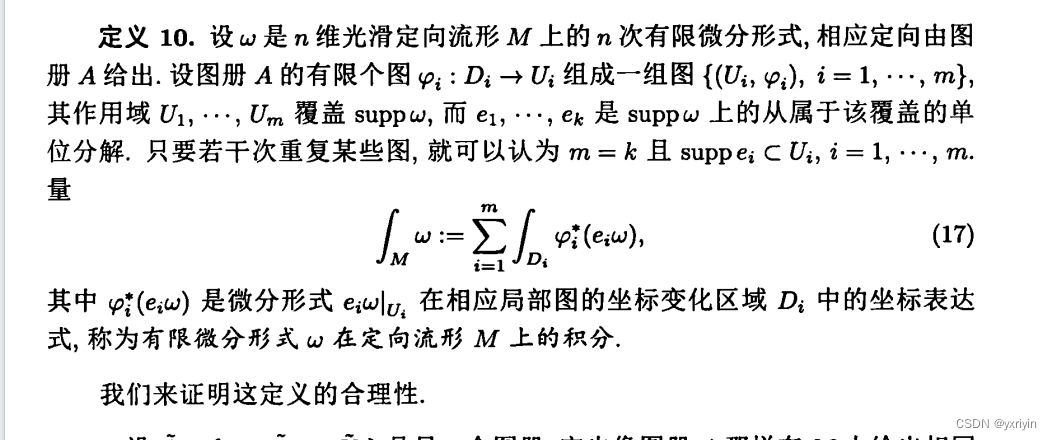

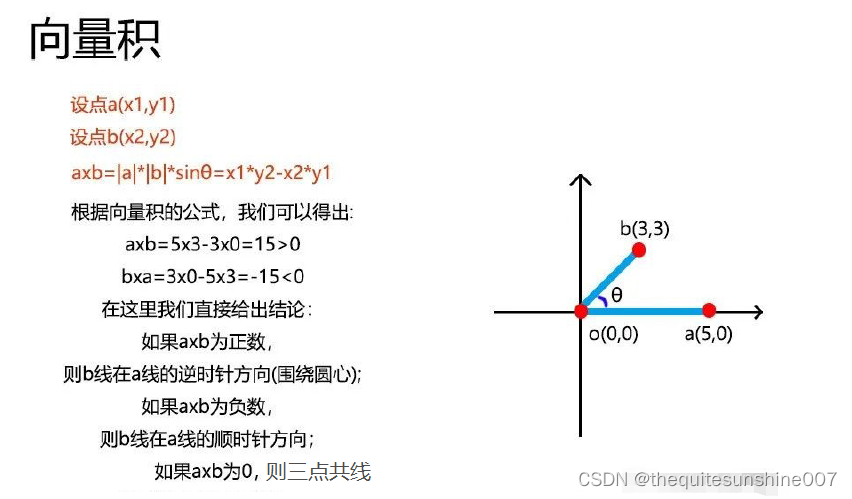
![#P1000. [NOIP2008普及组] 立体图](https://img-blog.csdnimg.cn/img_convert/ec417b4616d72e04a3d2094dd0de1cda.png)


![C++复刻:[流光按钮]+[悬浮波纹按钮]](https://img-blog.csdnimg.cn/cff138cb7b884dd3bc510dbeaea2559e.gif)

